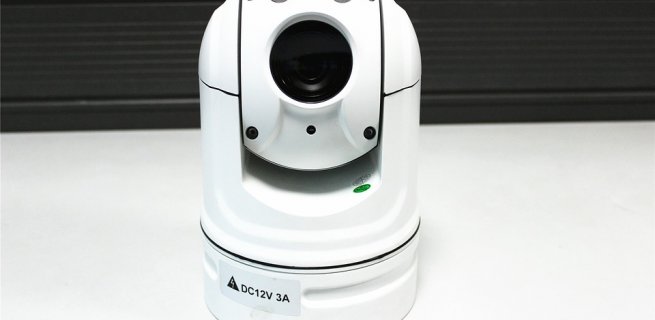By Sonia Hickey and Ugur Nedim
Technology is infiltrating every aspect of our lives.
Its ever-changing presence is affecting our work, our home life and even the way we keep in touch with friends and family. So it’s no surprise that one of our oldest institutions, our courts, are gradually embracing technology too.
Audio visual links (AVLs) – where inmates appear in court from correctional centres via television screens – are becoming commonplace inside NSW courtrooms, with research suggesting their use has increased by 400% over the past decade.
More than 60 per cent of court appearances in NSW currently occur via video link, equating to over 50,000 individual appearances.
AVLs mean inmates don’t need to wake up early to take the long ride to court, wait there all day, then take the long road back. By connecting via video link (similar to a Skype link), they can participate in court proceedings, observing what occurs in their case and even addressing the magistrate or judge.
Efficiency
The video technology is saving our legal system hundreds of thousands of dollars every year, including the cost of transporting inmates to and from court.
NSW Justice believes AVLs are not only more efficient, they are also safer for “inmates, detainees, staff and the community”, greatly reducing the risk of escape or injury.
Criticism
But the first study into the use of AVLs in NSW Courts has found that, while they are indeed cost-effective – there are significant downsides, too, an important one being that the inmate only has limited contact with their lawyer before and after the court appearance, much of which needs to occur over the telephone because the client is not physically present.
Research conducted by Carolyn McKay, from the University of Sydney Law School, found that inmates overwhelmingly prefer not to travel to and from court for every appearance, but they also expressed reservations about the new technology, fearing they would be reduced to ‘just a face on a screen’ or a ‘bunch of pixels’.”
When inmates were asked how they felt about AVLs, many said they tended to feel ‘disconnected’ from what was going on, and that it was harder to understand what had occurred inside the courtroom.
Inmates also felt the technology compromised the quality of their legal representation.
‘Dehumanising’ defendants
A major concern expressed by inmates was that AVLs were ‘dehumanising’ them, making it easier for magistrates and judges to make adverse findings.
One female inmates said she felt completely ignored, noting that the judge didn’t even look at her.
Some criminal lawyers believe the lack of face-to-face contact before and after proceedings means they are unable to fully explain what is to occur, or has occurred in court, or to show their clients relevant documents, take instructions and have them sign materials.
Many defence lawyers also feel that AVLs hamper their ability to build trust and a meaningful rapport with their clients.
With these concerns in mind, the Law Society of NSW has strongly opposed the rollout of AVLs for major proceedings.
Recommendations for reform
Ms McKay made several recommendations on the use of video technology, including:
• Explaining to inmates how to use AVL, how to communicate with judicial officers and their lawyer, and what to do in the event of a technical failure,
• Improving courtroom cameras and AVL screens to give inmates a clearer view of the entire courtroom,
• Improving soundproof video studios to increase privacy and help reduce background noise from within correctional centres,
• Designing video studios to reflect courtroom interiors, and
• Providing civilian clothing to inmates who are appearing for significant legal matters, such as bail applications, sentencing proceedings and parole hearings.
Currently video link technology is mainly used for like mentions. However, it is gradually being used more and more for substantive proceedings like sentencing.
In fact, inmates who are facing bail applications in the Supreme Court need to make a special application in order to be physically present at court, rather than appear on the AVL screen.
Image credit: theconversation.com











